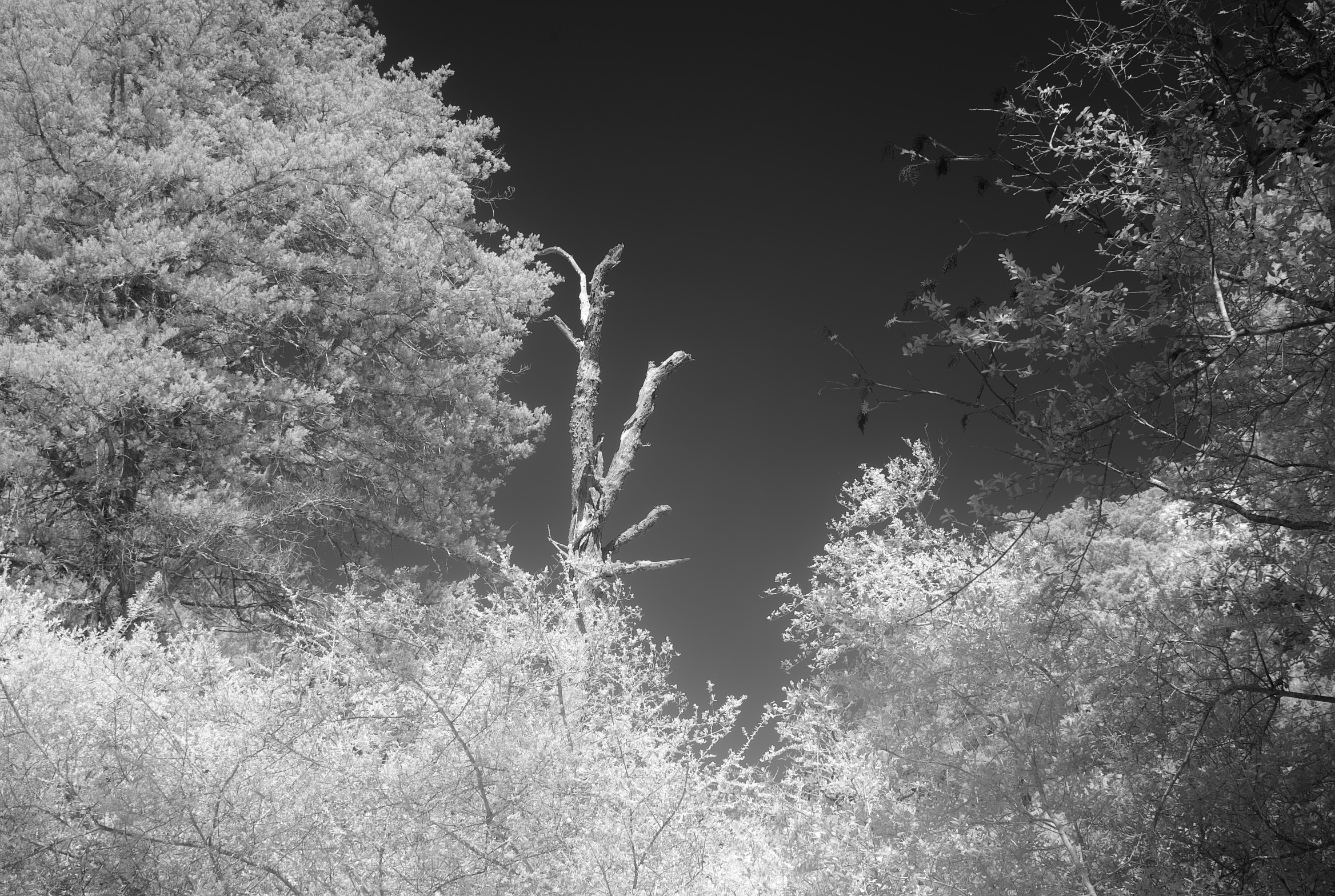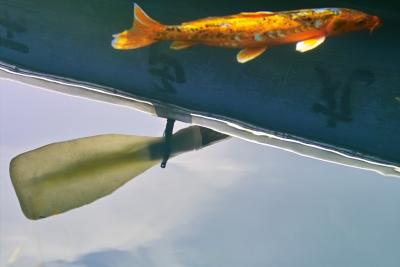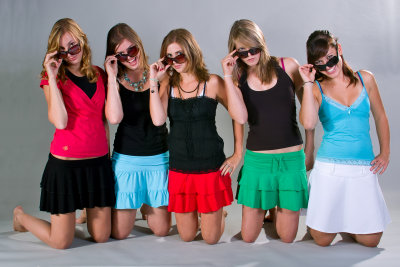I just shot this photo of a red flower:

As shot, exported from SPP 6.4.0 to a level 11 compressed JPEG
This is how the histogram looked, upon reviewing the image:

Crop from shot of the camera.
Here's the whole scene/shot:

This is the way the scene looked from above/behind the camera.
As you can see, I was shooting at ISO 50. The histogram makes it look like I am under-exposing the scene. If I had pushed the histogram to the right, I would probably have blown the red flower. Here is how the histogram looks in SPP, with warnings:

See how the histogram looks? How about those warnings!?!?
Here is how the photo looks after I made some adjustments, to try to reduce the warnings:

After adjusting with a -.5 saturation and switch from Sunlight to Auto white balance.

Settings, after adjustment, showing the reduced warnings.
To me the warnings are B.S. I guess sometimes they are a good indicator, but like the histogram on the back of the camera, they don't always mean anything significant.
Which version of the red flower photo do you like better?
Here is the raw file, just in case you would like to play with it yourself:













